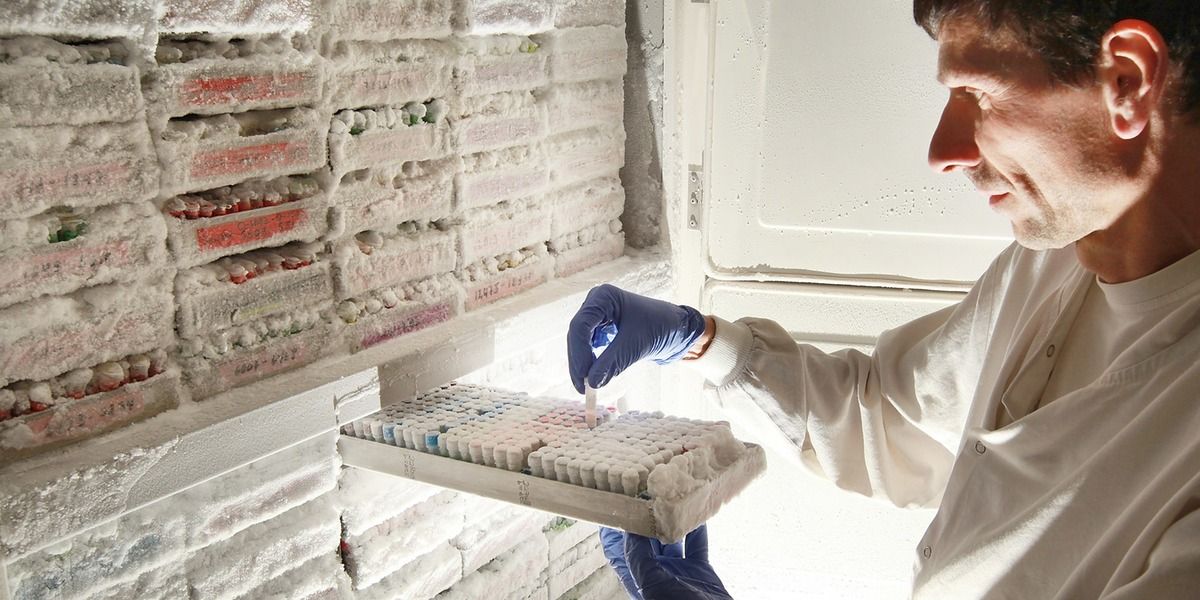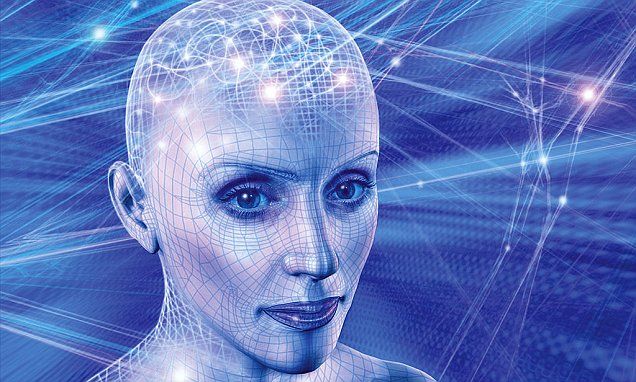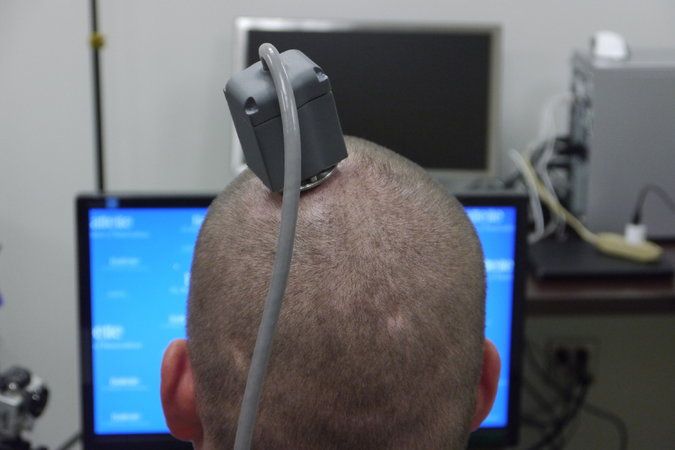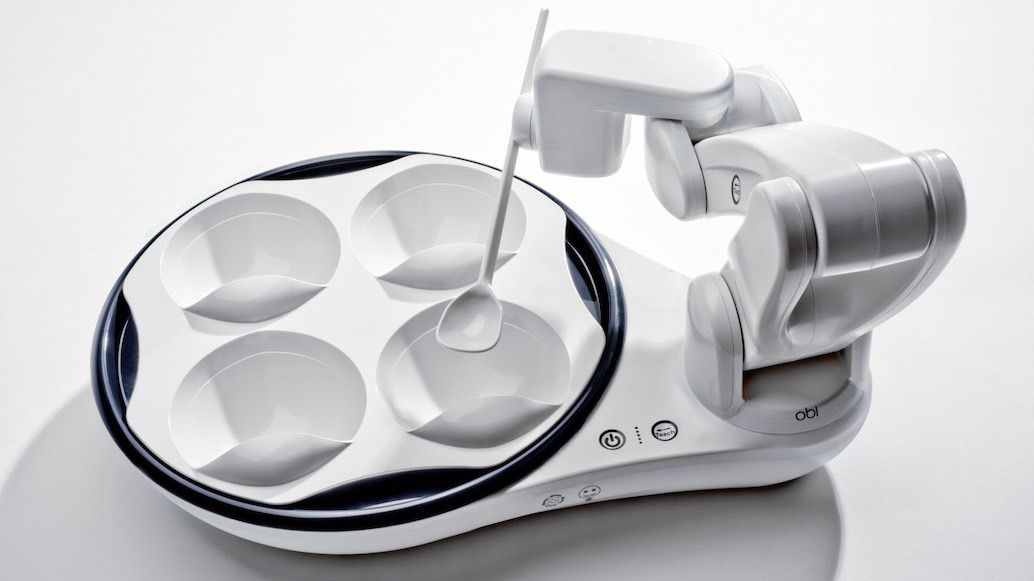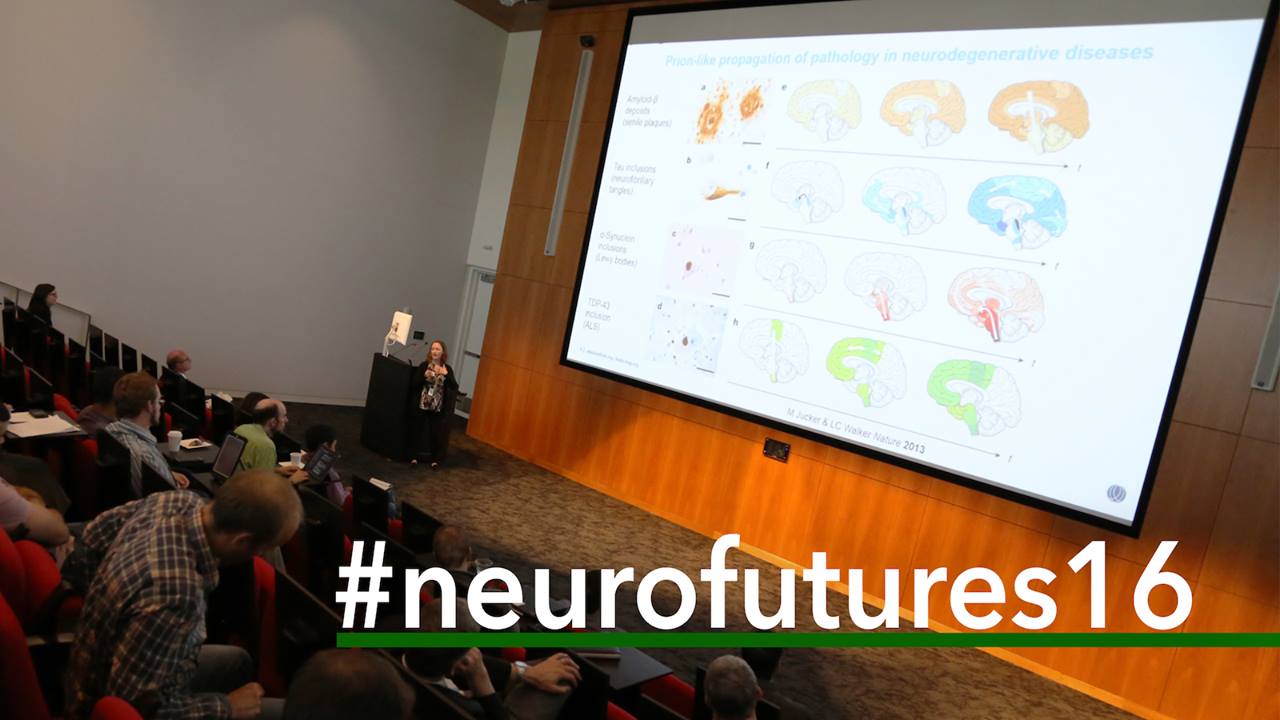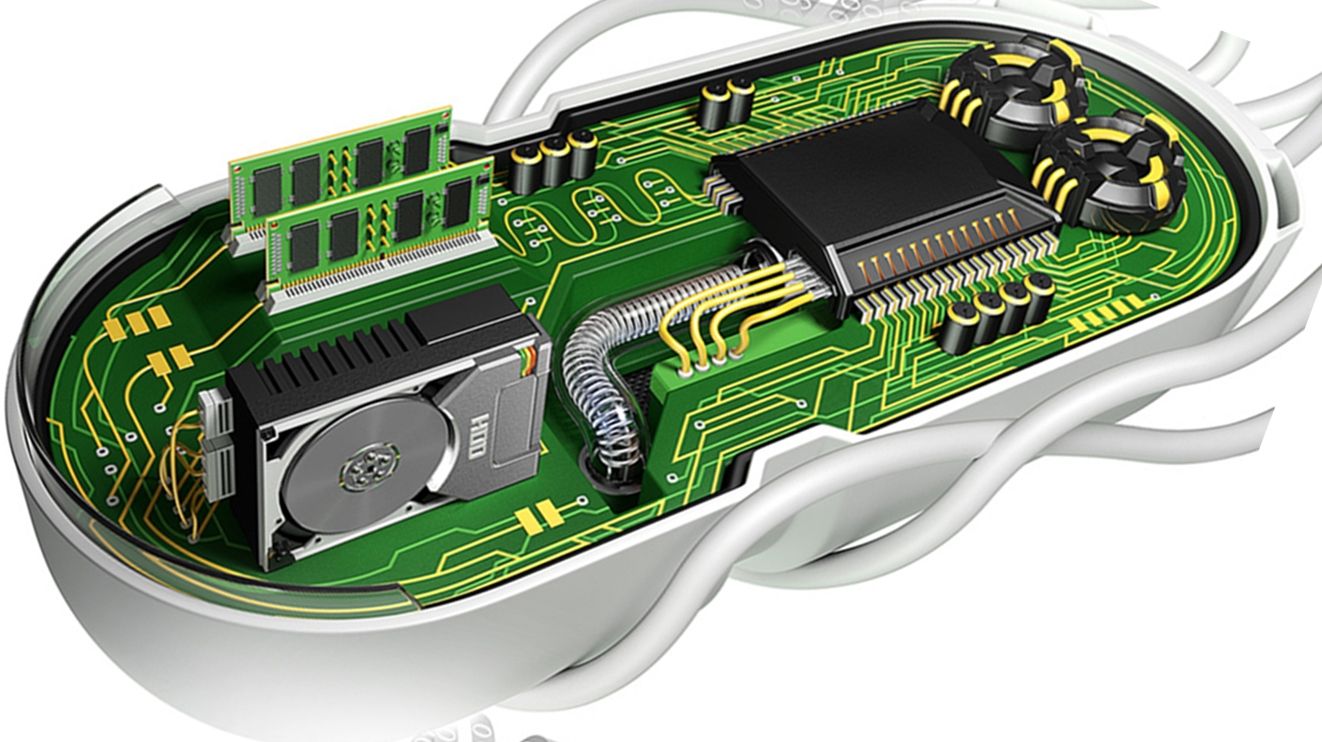We’re about 7 years out from sending files to a company to be stored in permanent DNA freezer lockers.
Category: biotech/medical – Page 2,920
On the path towards Singularity — I believe that this is an individual choice. However, to remain relevant and competitive in industry we may see a day when folks will require this type of enhancement to compete, perform in military operations, etc.
The researchers carried out a survey of more than 4,700 US adults.
The survey asked the public on views of gene editing, implantation of brain chips, and transfusions of synthetic blood.
More said they would not want enhancements of their brains and their blood: 66 per cent and 63 per cent, respectively, than said they would want them — 32 per cent and 35 per cent.
Website: http://sensproject21.org/
Building the bridge to human clinical trials for rejuvenation biotechnologies.
INTERNET ENTREPRENEUR MICHAEL GREVE COMMITS $10 MILLION TO SENS RELATED RESEARCH AND STARTUPS INCLUDING A $5 MILLION DONATION OVER 5 YEARS TO SENS RESEARCH FOUNDATION.
The social and economic burdens of age-related disease are rising steeply. For an increasing number of older individuals, healthcare is too often reduced to crisis management in the emergency room, painfully harsh treatments for diseases such as cancer, or best efforts at palliative care.
It doesn’t have to be this way.
Project|21 is a new initiative created by SENS Research Foundation to end age-related disease through human clinical trials, starting in 2021, through investment in rejuvenation biotechnology. We have all the pieces in place–core research groups, key players, shared knowledge, and underlying tools—for the creation of this industry. Through three new programs, the Bridge fund, The Center of Excellence, and The Alliance Program, Project|21 will deliver the perfect environment for this fusion of opportunity and investment. With proper stewardship of this emerging industry, we can create an environment where the first damage repair interventions to address specific age-related disease will be brought to human clinical trials within five years.
The public was unenthusiastic on all counts, even about protecting babies from disease.
Americans aren’t very enthusiastic about using science to enhance the human species. Instead, many find it rather creepy.
A new survey by the Pew Research Center shows a profound distrust of scientists, a suspicion about claims of progress and a real discomfort with the idea of meddling with human abilities. The survey also opens a window into the public’s views on what it means to be a human being and what values are important.
Pew asked about three techniques that might emerge in the future but that are not even close to ready now: using gene editing to protect babies from disease, implanting chips in the brain to improve people’s ability to think, and transfusing synthetic blood that would enhance performance by increasing speed, strength and endurance.
Golf, offshore powerboat racing, sky diving: David Hare had led an active lifestyle. Then, in February 2011, he was diagnosed with ALS, a neurological disease that leads to rapid progressive degeneration of nerve cells, the loss of the ability to control muscle movement, and eventually death. The 56-year-old Michigan resident, who was told by doctors that he had less than five years to live, found a new lease of life last year with Obi, a robot that helps the differently abled feed themselves.
Healthy livers are being grown from rejected donor organs after British scientists discovered how to combat diseased tissue.
Researchers at the Royal Free in London have shown it is possible to strip away the damaged parts of donor livers and use the underlying structure as natural scaffold to rebuild a working organ.
The team are hoping that in the future stem cells from a transplant patient can be taken and used on the scaffold to grow a new liver which would not be rejected by the body.
But the new study, which tracked four sheep cloned from the same ewe as Dolly, found they had aged normally.
Some of the animals did show mild — and in one case moderate — signs of osteoarthritis. But the researchers say that it was not sufficiently severe that any of the animals required treatment.
Dolly the sheep’s “siblings” are generally healthy, a study has shown, providing hope that cloning can yield animals free from degenerative illness.
The first mammal to be cloned from an adult cell — Dolly — died at the relatively young age of 6.5 years, having suffered from osteoarthritis.
This raised concerns that cloned animals might age more quickly.
Awesome! Just imagine all the benefits that we will see through this research. Not only will we figure out more on the root cause of gene mutations, and cures including CRISPR; but also we will be more effective in mimicking the human system in synthetic systems, synthetic cell or gene circuitry, humanoids, synthetic immune systems, combat aging more effectively, etc.
With more data, a pioneer of gene sequencing hopes to unlock the connections between DNA and illness.
